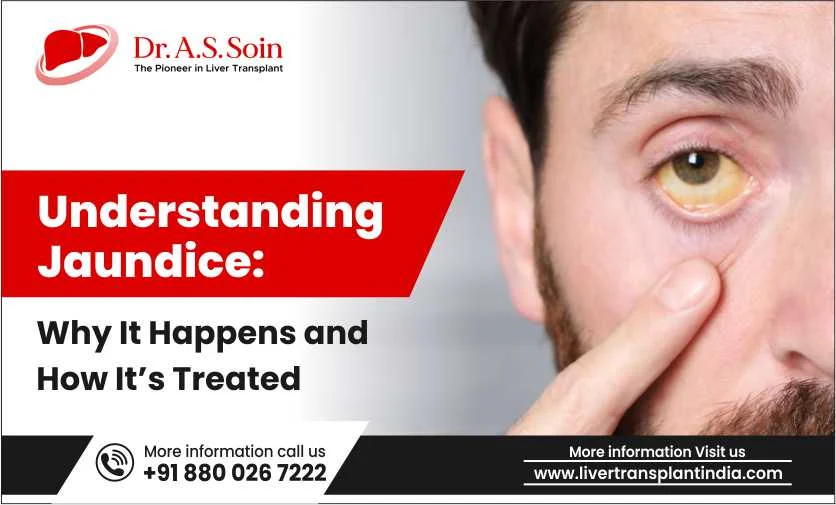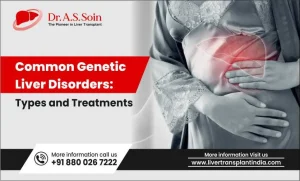At some point, many of us might come across a condition where the skin and the whites of the eyes take on a yellowish hue. This noticeable change, often referred to as jaundice, can seem unsettling at first glance. But behind that golden tint lies a complex internal process — a sign that the body is trying to tell us something. This article aims to shed light on what jaundice really means, why it occurs, how it’s treated, and how you can take simple steps to support your liver and overall health.
Table of Contents
ToggleWhat Exactly Is Jaundice?
Rather than being a standalone illness, jaundice is a visible symptom — a flag that the body isn’t handling bilirubin the way it should. Bilirubin is a yellow pigment formed when old red blood cells break down. In a healthy system, the liver processes this pigment and helps eliminate it through urine and stool. When that process is interrupted or overwhelmed, bilirubin builds up in the bloodstream, leading to the telltale yellowing of the skin, eyes, and even mucous membranes.
While some cases are mild and short-lived, others may indicate deeper issues involving the liver, blood, or bile ducts. Understanding the why behind jaundice is key to managing it effectively.
Why Jaundice Happens: The Main Causes
Doctors typically divide the causes of jaundice into three categories, depending on where the disruption occurs:
1. Pre-Hepatic Causes (Before the Liver)
Here, the liver isn’t the main culprit. Instead, the problem lies in an accelerated breakdown of red blood cells, which floods the liver with more bilirubin than it can handle.
- Hemolytic anemia: Conditions where red cells are destroyed too quickly — often due to autoimmune diseases, certain infections, or inherited disorders.
- Genetic blood disorders: Such as thalassemia and sickle cell disease.
- Severe infections: Some viral or bacterial illnesses can trigger temporary spikes in red cell destruction.
2. Hepatic Causes (Within the Liver)
When the liver itself is inflamed, damaged, or overwhelmed, its ability to filter bilirubin falters.
- Viral hepatitis: Hepatitis A through E can all affect liver function, with Hepatitis B and C being especially concerning in India due to their chronic impact.
- Alcoholic liver disease: Excessive, long-term drinking damages liver tissue, sometimes irreversibly.
- Fatty liver disease: Particularly non-alcoholic fatty liver disease (NAFLD), which is becoming alarmingly common due to modern sedentary lifestyles and unhealthy diets — now affecting nearly a third of urban Indians.
- Drug-induced liver injury: Even everyday medications or herbal supplements can be harmful if used improperly.
- Autoimmune hepatitis: Where the immune system mistakenly attacks liver cells.
3. Post-Hepatic Causes (After the Liver)
In these cases, bilirubin can’t exit the liver properly because something is blocking the bile ducts.
- Gallstones: Hard deposits that may obstruct the bile ducts.
- Tumors or cancers: Growths in the liver, bile ducts, or pancreas can hinder bile flow.
- Strictures or scarring: From surgery or infection.
- Biliary infections: Like cholangitis, which inflames the bile ducts.
Who Is at Higher Risk?
While jaundice can happen to anyone, some groups are more vulnerable:
- Newborns, especially premature babies, due to immature liver function
- People with chronic liver disease, such as hepatitis or cirrhosis
- Heavy alcohol users
- Those on long-term medications that may affect the liver
- Cancer patients, particularly if liver or pancreatic involvement is present
Spotting the Signs: Symptoms of Jaundice
Jaundice typically makes itself known visually, but other symptoms often accompany it:
- Yellowing of the skin and eyes
- Dark-colored urine
- Pale or clay-like stools
- Persistent itching
- Fatigue or a general sense of malaise
- Abdominal pain, especially in the upper right area
When to Seek Help
Not all jaundice is cause for panic, but it’s always best to err on the side of caution. If you or someone close to you notices yellowing of the eyes or skin — particularly alongside other symptoms — consult a doctor. In newborns, jaundice is common and often harmless, but requires monitoring. Roughly 60% of full-term and 80% of premature babies develop it within their first week. In rare cases, if untreated, it can affect the brain.
How Doctors Diagnose Jaundice
Pinpointing the cause is essential for treatment. Diagnosis generally involves:
Medical History & Physical Exam
Doctors will ask about prior liver issues, alcohol use, medications, infections, and family history. They’ll also check the abdomen and skin for signs of liver distress.
Blood Tests
These can include:
- Liver function tests (LFTs) – Assess liver enzymes and bilirubin levels
- CBC (Complete Blood Count) – Helps detect anemia or infections
- Prothrombin time (PT) – Evaluates blood clotting ability
- Bilirubin breakdown – Differentiating between direct and indirect bilirubin helps locate the problem
Imaging & Other Studies
Depending on the case, further tests may be required:
- Ultrasound – Often the first imaging tool used
- CT or MRI scans – For a more detailed look at internal structures
- ERCP (Endoscopic Retrograde Cholangiopancreatography) – To locate and sometimes treat bile duct obstructions
Treatment: Tailoring the Approach to the Cause
Treating jaundice isn’t about masking the yellow; it’s about addressing what’s behind it.
Pre-Hepatic Jaundice
- Manage infections causing rapid red cell breakdown
- Treat hemolytic anemia with medication or transfusions if necessary
- Supportive care and monitoring when mild
Hepatic Jaundice
- Antiviral drugs for hepatitis B or C
- Lifestyle changes, including alcohol avoidance, healthy eating, and weight control
- Medications to reduce liver inflammation
- Regular monitoring of liver enzymes and function
Post-Hepatic Jaundice
- Gallstone removal through medication or procedures like ERCP
- Surgery if tumors or scarring are involved
- Antibiotics in case of bile duct infections
In Severe Cases: Liver Transplantation
When liver damage is advanced and irreversible, a transplant may be the only viable option. This life-saving procedure is considered after thorough evaluation and only when no other treatment options remain. In India, a liver transplant team carefully assesses each case to ensure the best possible outcome.
Final Thoughts: Looking After Your Liver
Your liver does a great deal of heavy lifting — filtering toxins, digesting food, regulating hormones — so it deserves care. Recognizing the signs of jaundice early and addressing the underlying issues can prevent complications and support long-term wellness.
If you or a loved one is experiencing symptoms of liver dysfunction, don’t delay seeking help. For specialized care in liver health and transplantation, Dr. A. S. Soin — a pioneering liver transplant surgeon in Delhi NCR — is widely regarded for his clinical expertise and compassionate approach. His team offers comprehensive care tailored to each patient’s needs.








